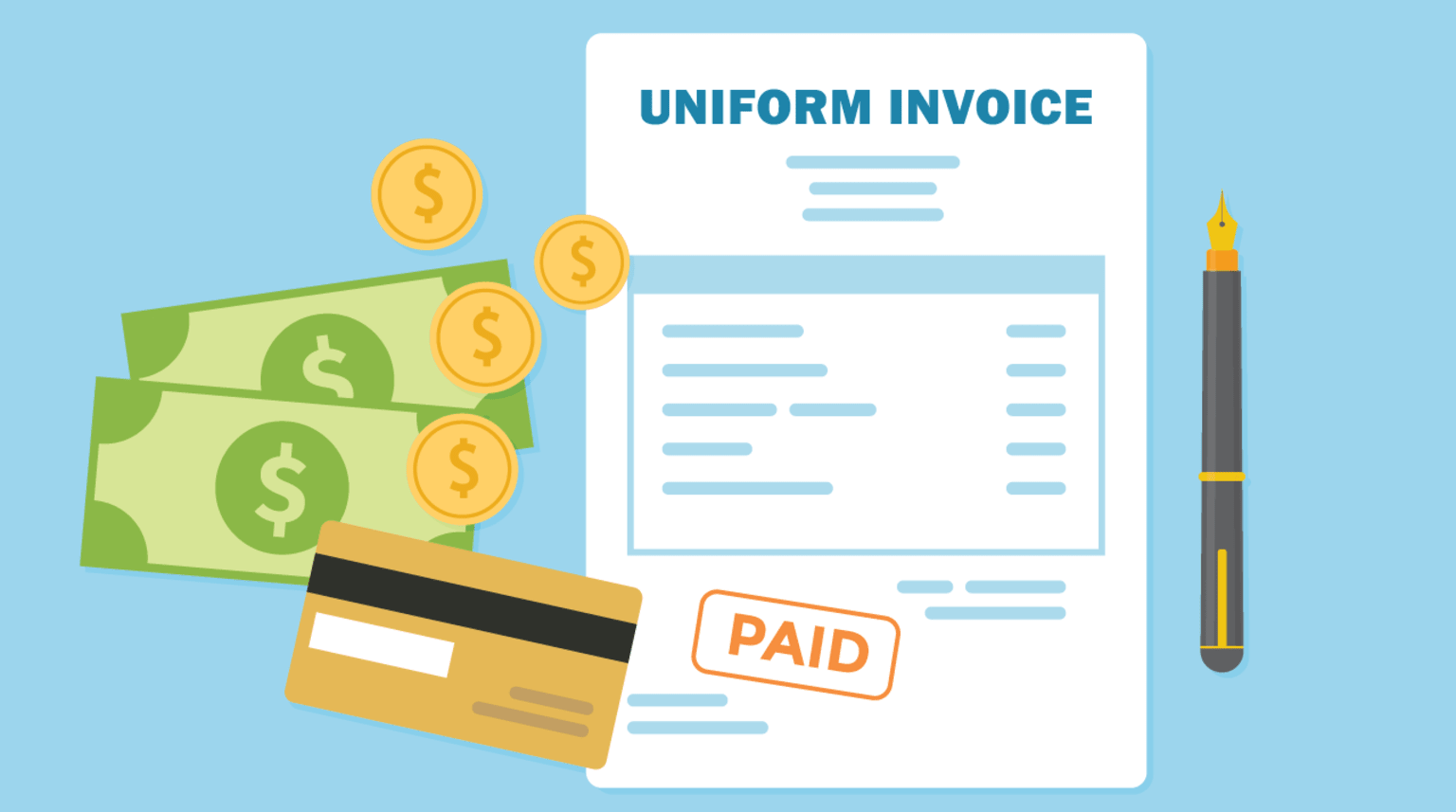
When a family decides to join Little League®, it’s a common practice to pay a registration fee when signing up a player. Many parents have asked what their league’s registration fees are used for.
From paying charter fees, and purchasing the uniforms and playing equipment, to the field and facility maintenance, it takes significant funding to play ball each year.
From paying charter fees, and purchasing the uniforms and playing equipment, to the field and facility maintenance, it takes significant funding to play ball each year. Many leagues are incorporated through the Internal Revenue Service as 501(c) (3) non-profit, tax-exempt organizations, and all leagues are run by volunteers who live in your neighborhood. Each year, your community decides to be a part of Little League through the chartering process at a cost of just $10 per team.
The coffers of a local league and the annual operating budget are supplemented throughout the year by a variety of potential fundraising vehicles, including, but not limited to, player registration fee(s), organized fundraisers, private and commercial donations, and financial support provided through team and league sponsorship agreements.
When a league sets its registration fee(s) for players, and if there is a league-wide fundraiser, the money paid by parents typically goes into one of three columns in a league’s financial ledger – general fund for yearly operating costs; capital fund for facility improvements; or tournament expenses.
Of course, there are a variety of expenses that a league tends to have each year, but those can typically be covered by the revenue earned from a well-run, profitable concession stand, and other special events hosted by the league, such as local regular-season and postseason tournaments.
The fields and facilities are one area where significant money can be spent each year. Many leagues do not own the location where their games are played. Municipalities are often the landowners, and leagues work from agreements that have been established that allows the league to operate on the property. Such arrangements often come with a cost which can range from a one-time occupancy charge for the months the league uses the facility; to day-to-day maintenance and upkeep; to fees for use of utilities.
Depending on these existing agreements and other fiscal priorities, the local Board of Directors decides how the league chooses to budget its funds and those decisions directly impact how much money it needs to operate.
Some examples of a local league’s on-field costs include playing equipment (hats and uniforms, bats, batting helmets, catcher’s gear, baseball and softballs) and league-owned equipment and materials (tractors, field dry, batting cages, baseline paint and detachable bases). The cost of insurance on the players and facilities is also an annual consideration for the local Board.
Little League International strongly encourages all of its leagues to be forthcoming and transparent with its finances, and invites parents to ask questions to gain a better understanding of a league’s financial operations. There is one important return on investment parents should pay attention to… a smile on a child’s face after practices and games because of a well run league.